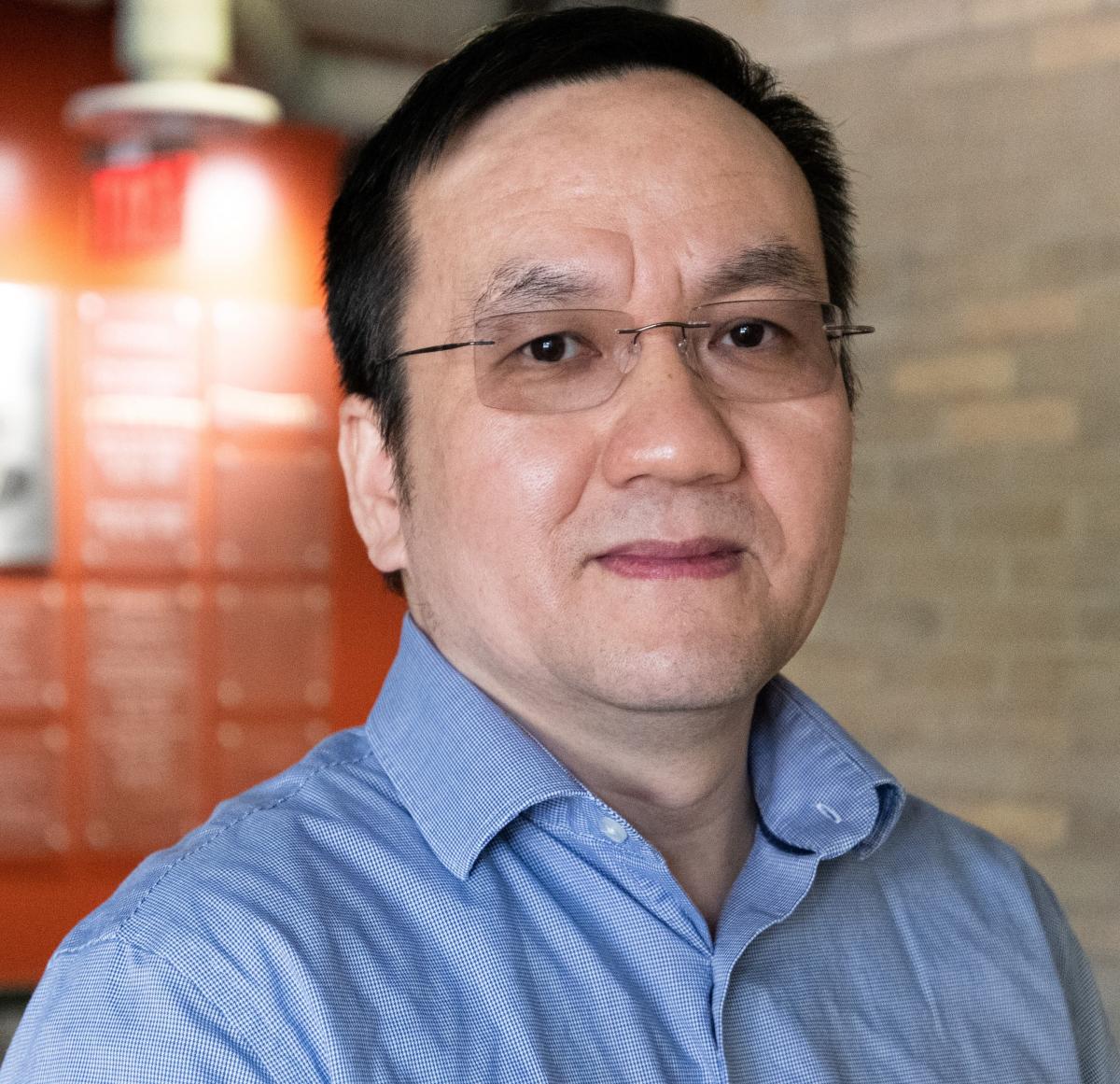Dr. Li Shi
The University of Texas at Austin
Seminar Information

High-thermal conductivity materials can find use in applications ranging from thermal management of microelectronics to electrification of industrial heating processes. Wide-bandgap diamond and semi-metallic graphite achieve record-high thermal conductivity values because the strong covalent bonding of the light carbon atoms gives rise to a large thermal conductivity contribution from phonons, the energy quanta of lattice vibrations. It remains an outstanding question whether the reduced dimensionality of graphene and carbon nanotubes can increase their thermal conductivity beyond the graphite or diamond values. Meanwhile, theoretical studies have suggested the possibility of achieving unusual high lattice thermal conductivities in some compounds made of both light and heavy elements due to a large energy gap in the phonon dispersion. Here, we report recent advances in electro-thermal microbridge measurements of both lattice and electronic thermal transport in low-dimensional graphene and nanotube samples. In addition, we discuss thermal transport measurements of bulk crystals of semiconducting cubic boron arsenide (BAs) and semi-metallic-phase tantalum nitride (-TaN) for the establishment of a phonon band engineering approach to high-thermal conductivity compounds.
Li Shi is the Ernest Cockrell Sr. Chair Professor in Engineering at the University of Texas (UT) at Austin. He received his bachelor’s, master’s, and doctoral degrees from Tsinghua University, Arizona State University, and University of California at Berkeley, respectively. He had industrial research experience in an electrical power research institute and IBM. He served as the Editor in Chief for Nanoscale and Microscale Thermophysical Engineering between 2013 and 2021. His scholarly contributions and professional services have been recognized by several awards, including the Heat Transfer Memorial Award in Science from the American Society of Mechanical Engineering (ASME) and the O’Donnell Award in Engineering from the Academy of Medicine, Engineering, and Science of Texas. He is an elected fellow of ASME and American Physical Society (APS).
